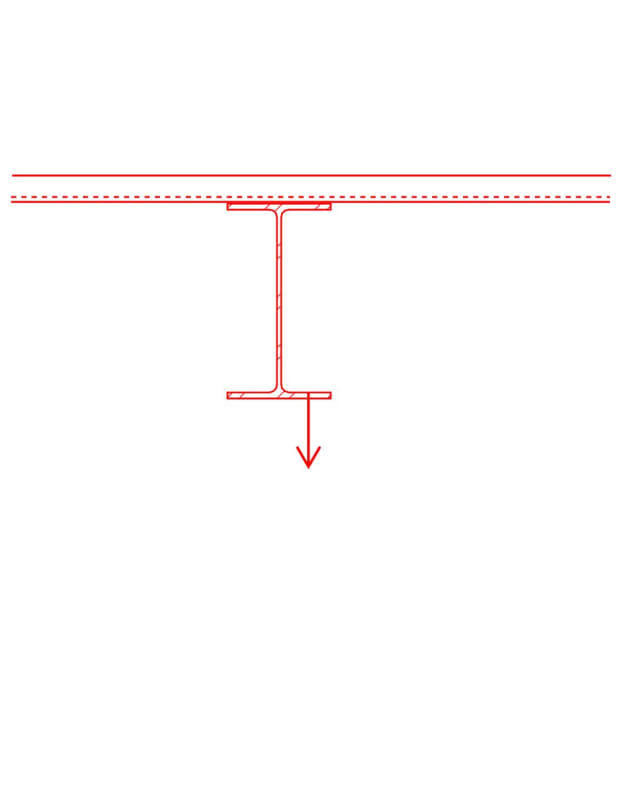Hi,
I have a condition where a pipe is hung from the bottom flange of the purlin as shown below. Normally, I would evaluate such situations with AISC DG for torsion. BUt in this case there is a 3" deck welded to top of the purlin and the purlin cannot technically go into torsion. How to evaluate such situations?

I have a condition where a pipe is hung from the bottom flange of the purlin as shown below. Normally, I would evaluate such situations with AISC DG for torsion. BUt in this case there is a 3" deck welded to top of the purlin and the purlin cannot technically go into torsion. How to evaluate such situations?

